One of the tales we have posted in the past dealt with the heart-breaking story of the Scottish Thistle farmers of the Jackson Hole area in Northern Wyoming. Briefly, they were early immigrants to the area and brought with them their ways, traditions, farming techniques, and a streak of bull-headiness seldom seen in an area noted for its stubbornness.
As described in this earlier post http://www.bigshotsnow.com/thistle-farm/ these new comers to the valley were bound and determined to sow their seeds and reap the harvest of thistle thereby capturing and dominating the thistle market. But due to ignorance and the refusal to take any advice regarding the agricultural limits in this part of the country they met with a stunning defeat, a failure of magnificent proportions, that bankrupted each and every family in the thistle industry.
Soon they were seen leaving the area. All their earthly goods piles into wains of all sizes, their women walking listlessly behind them, some carrying nursing babes at their breasts, the children, the few who had not died from the harsh unforgiving conditions dragging their hoes behind them. The little furrows they left the only sign of their passing. Some of the older men pushing their wooden wheelbarrows ahead of them, still filled with unplanted thistle seed, their hope for the future, as they headed for the new promised land in Nevada. They had heard that the conditions there were perfect for growing thistles and with that dream in their hearts they left Jackson Hole and its surrounding area forever.
The remaining thistle left behind unattended soon withered and died until there were no more thistle plants left alive in the valley. It was as if they never were. However every once in a while a fence rider would come into town and after a few daiquiri’s, or a Golden Grasshopper, both without the little umbrellas in them, this is the west after all, would tell of seeing a thistle plant growing next to a fence post. Of course he was immediately cut off and thrown out of the bar. No one wanted to hear that crazy talk. It was like the stories of Bigfoot or happy marriages, there are some things you just don’t talk about.
For years the plains were empty of thistle, stories of their reemergence swept aside as the ravings of sunblind drovers and frost bitten cowboys. Then one fateful day in early March a prospector came staggering in to town nearly dead from exposure. Clutched in his hand was a thistle. Just the red part but undeniably a thistle. The town needless to say was on the edge of mass hysteria, some not knowing whether they had been snakebit or struck by lightning. Others ran around in circles hollering “Woe are we! The thistles, they’ve returned.” Others unable to stand the stress and strain immediately got blind drunk and were last seen staggering off into the wilderness. It was a time of chaos. A time of fear.
Before long, cooler heads prevailed and the largest posse ever assembled in Teton County, Wyoming was galloping out to find and root out these thistle plants wherever they may be. They were out seven months but finally they returned with a small group of thistle tied across the packhorse’s panniers. The thistle’s heads lopped off as a symbol of victory and worn around their necks as badges of honor. They assured the nervous townsfolk that they had eradicated the thistle from the countryside and it was gone forever. A huge sigh of relief was heard throughout the land and people began to go back to work, safe in the feeling that thistle was gone and gone for good.
But the story is not over, as they seldom are, and it was one of The Institutes own researchers that was responsible for bringing it back to life. We had sent our own Scottish descendant of one of the very first families to settle in the area, Somerfed Fyfe Olgilvy Callum Ewan McLean-Kennedy/Burns or as we all knew him, Tim, to see if there was any truth to the stories of the Reemergence of the Scottish thistle. What he brought back was nothing less than remarkable, clear photographic proof that thistle was alive and well and growing in Teton County. Tim wanted to keep the location secret to protect the plant but we said no Tim, this is too big a story. We have to inform the public. People have to know about the return of the thistle. It’s their right. What the future will bring with this knowledge is anyone’s guess, but I can tell you this, the story is not over. Not while The Institute is still in existence. We will out the truth regardless of consequence. Even if it creates a thistle emergency in Jackson Hole. Let the seeds fall where they will.

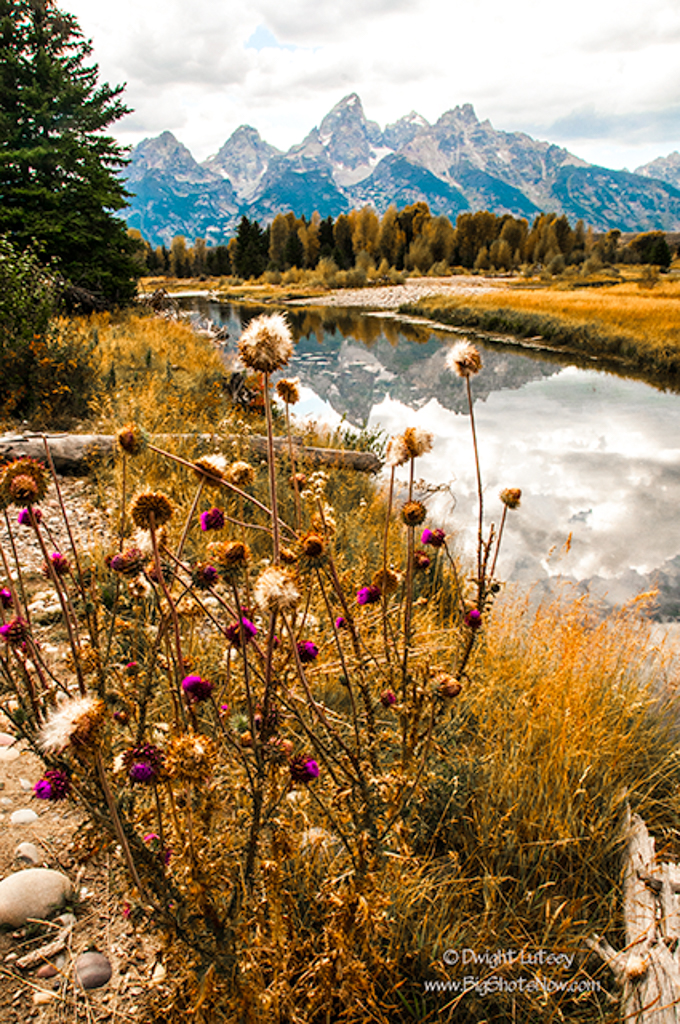
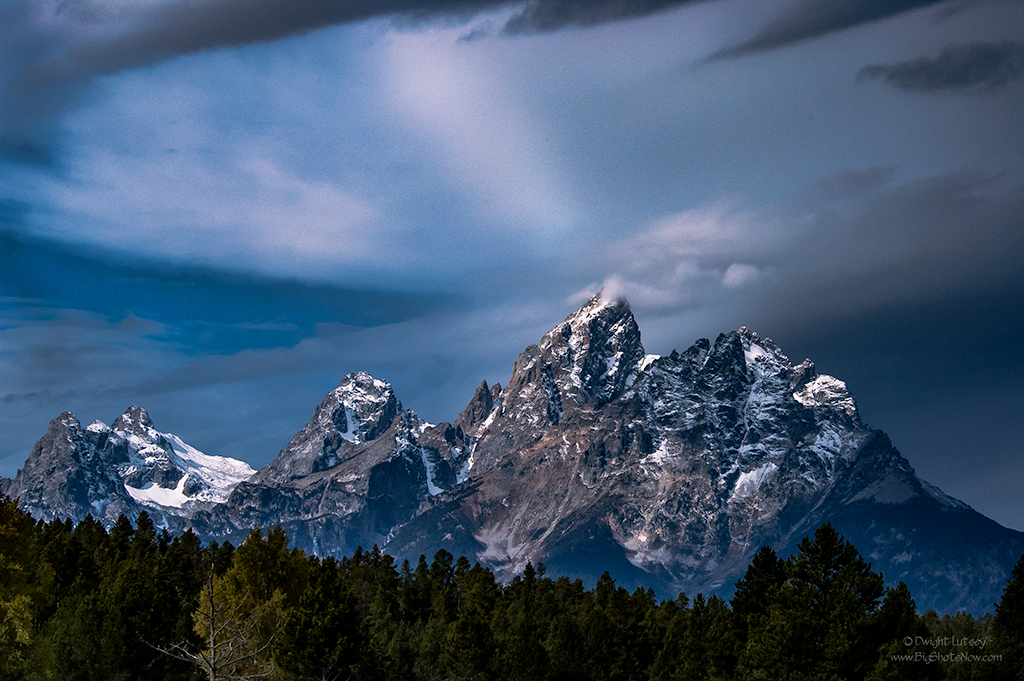
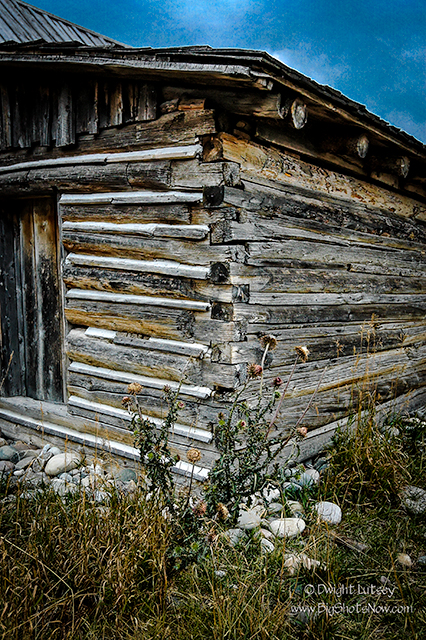
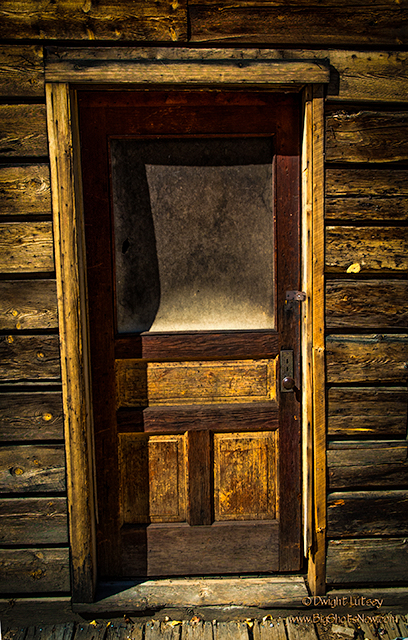
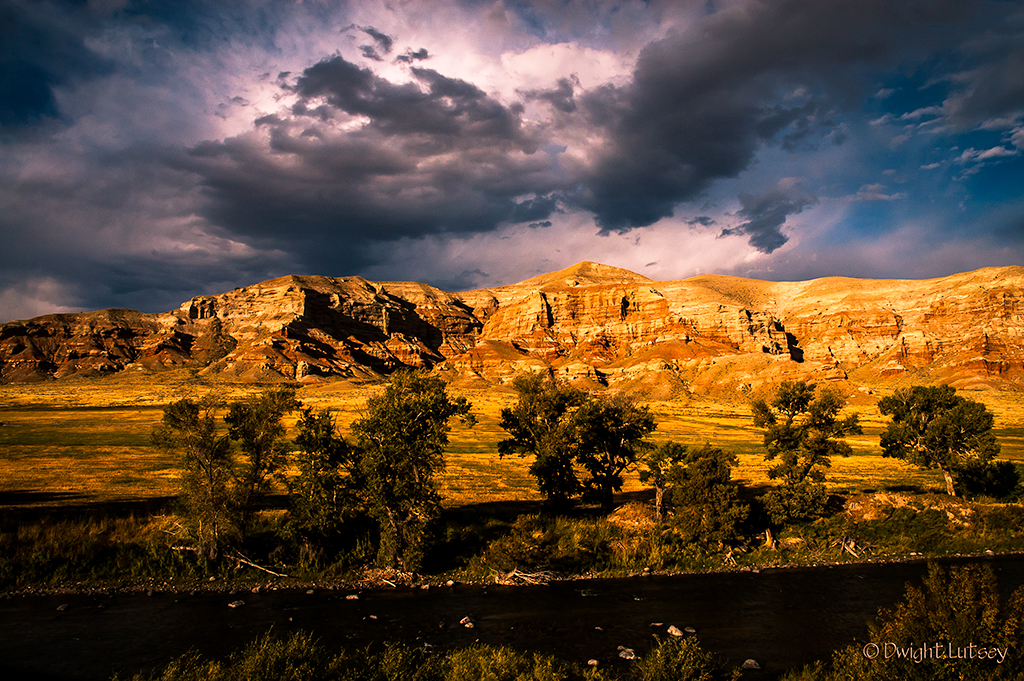
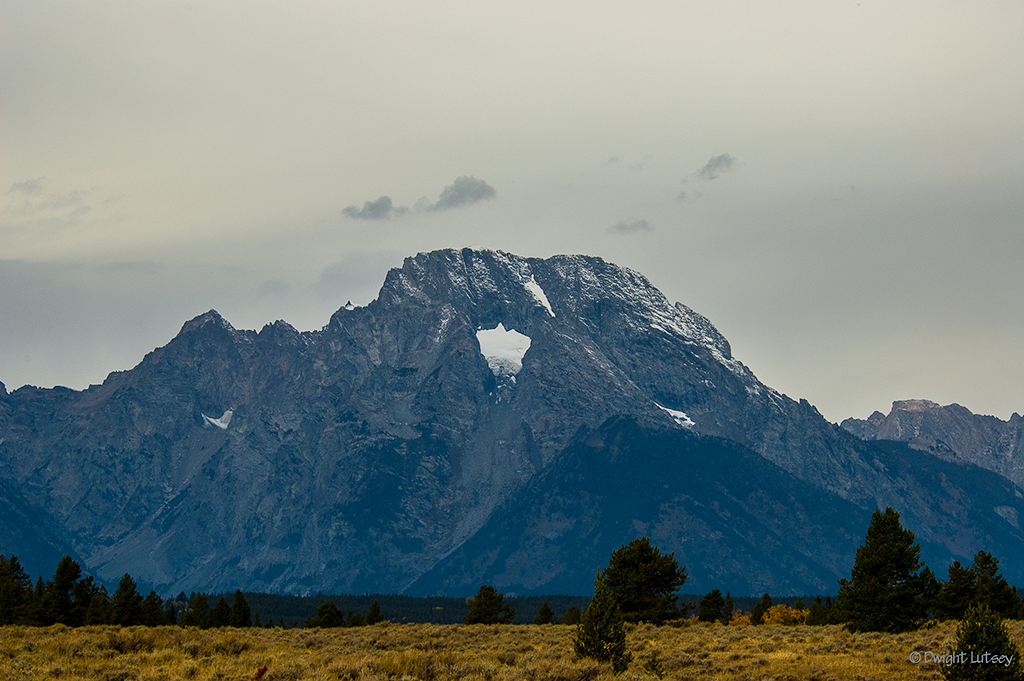
You must be logged in to post a comment.